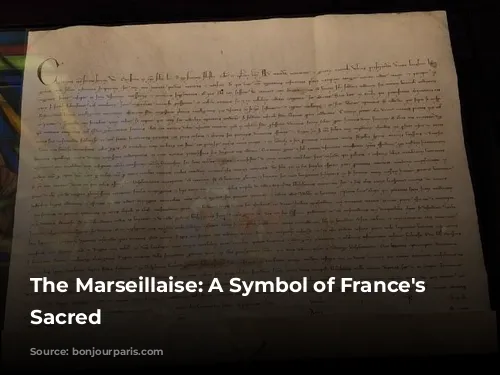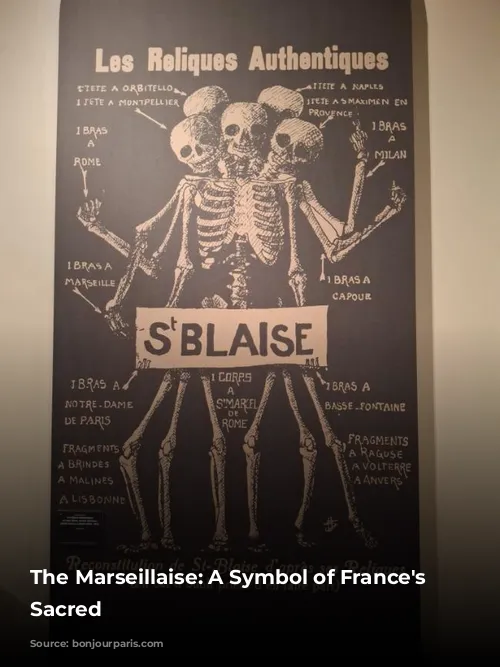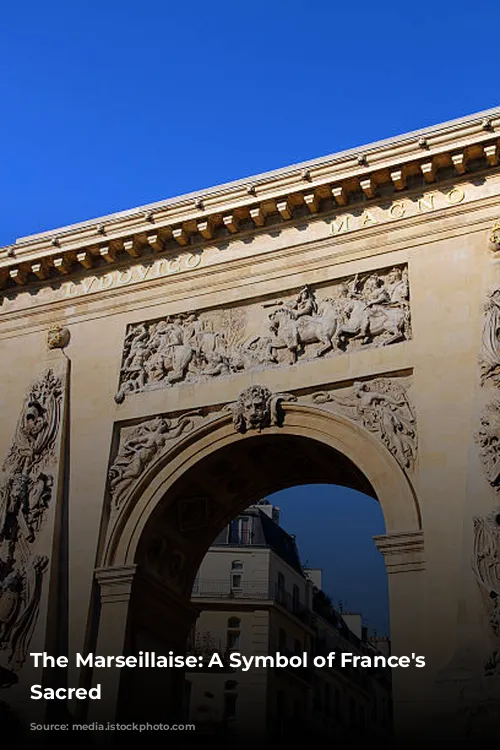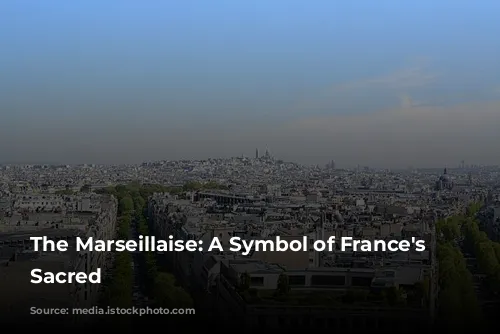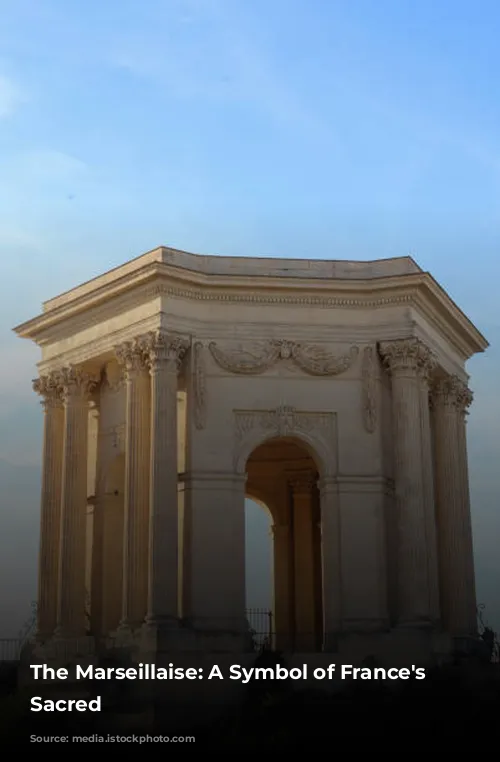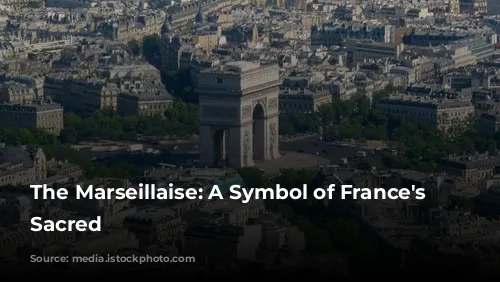The Arc de Triomphe, a monument to French glory, was once home to the Marseillaise, a statue embodying the spirit of France. In 2018, this iconic symbol was defaced by protestors, a stark reminder of the tumultuous times France was facing. The vandalism shocked the nation, and the government vowed to punish those responsible. The damaged statue, though a symbol of French resilience, became a silent witness to the divisions that were tearing the country apart.
The events of 2018, however, were merely a prelude to a deeper exploration of the evolving concept of the sacred in French history.
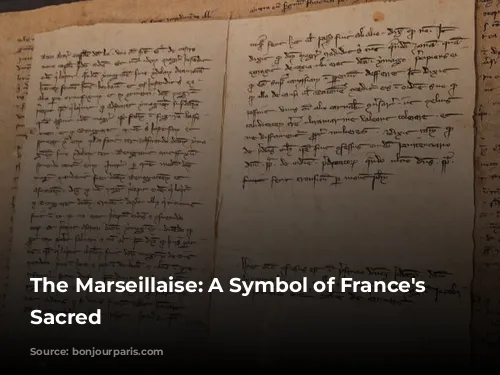
Sacrilege: Unveiling the Sacred in France’s History
Fast forward to 2024, and the Marseillaise’s broken face takes center stage once again. This time, it’s not in the heart of Paris, but in the hallowed halls of the National Archives of France. The statue is a part of a captivating exhibition, “Sacrilège: The State, Religions, and the Sacred,” which delves into the complex relationship between power, faith, and the concept of the sacred throughout French history.
This exhibition asks us to ponder the enduring nature of sacrilege, a concept that has shaped human societies for centuries. It reveals how the boundaries of what is considered sacred have constantly shifted, often mirroring the evolving power structures of the time.
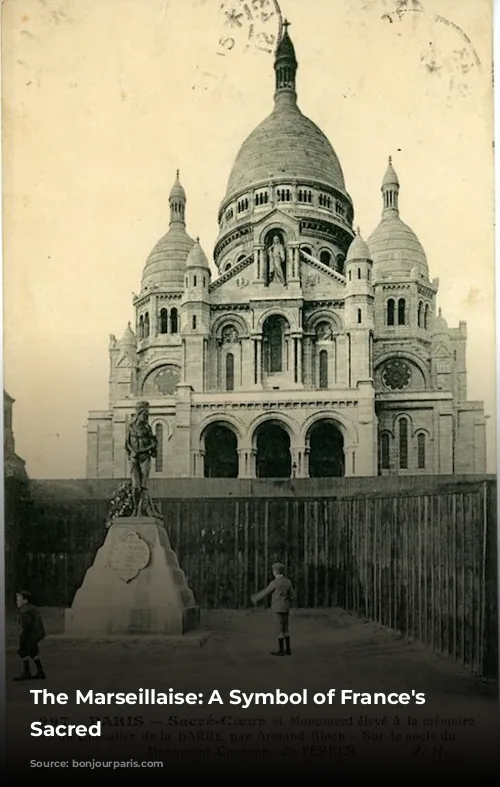
The Rise of Sacrilege in the Middle Ages
Sacrilege was a rare accusation in antiquity but gained prominence in the Middle Ages. The era saw the rise of strong monarchies deeply invested in preserving religious uniformity. It was believed that a unified faith was essential for social stability. This obsession with religious unity even led to the persecution of the Knights Templar, a group tasked with protecting the sacred. Their alleged heresy resulted in brutal persecution and, for many, a fiery end.
The exhibit showcases original documents, including a 1307 record of the inquisition against the Templars, offering a glimpse into the dark side of religious fervor.
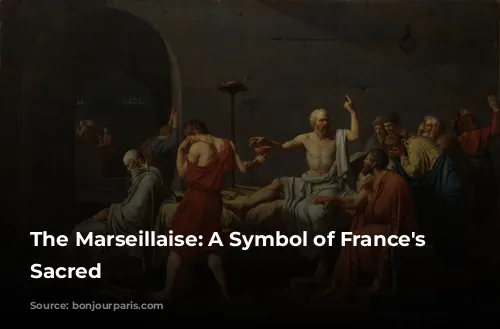
The Pope and the King: Navigating a Sacred Realm
The quest for religious unity didn’t stop with the Templars. Pope Innocent III, in the 13th century, launched a crusade against the Cathars, a sect of Christianity, to reinforce the Catholic Church’s authority. This crusade, however, proved to be a double-edged sword. It was so ruthless that Pope Clement IV, just a few decades later, had to intervene and implore King Louis IX to ease the persecution. The exhibit features the papal bull, a religious mandate from 1268, illustrating this struggle for control between the Church and the State.
These early documents demonstrate the emerging tension between secular and religious authority, a conflict that would continue to shape the definition of the sacred for centuries.
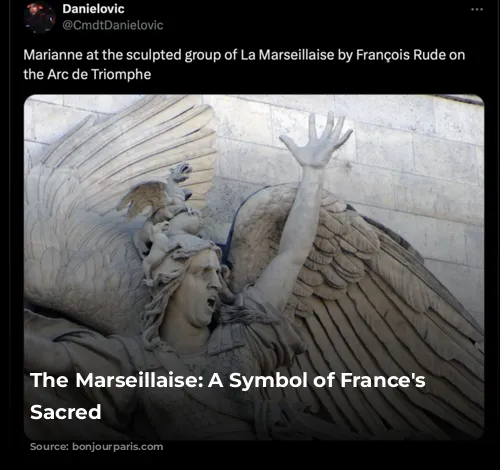
The Church and the State: A Sacred Union
The exhibit reveals that as the Church and State consolidated their power in Western Europe, a clear distinction emerged between the sacred and the profane. The term “blasphemy” became the defining line, encompassing any act that challenged the authority of the Church and the State. In the era of the Reformation, this definition became even more potent, with Protestantism and Catholicism labeling each other as blasphemous, fueling religious conflict.
The exhibit further highlights the power of propaganda in shaping perceptions of the sacred. A small book, “Les Sorceleries de Henri de Valois” (The Sorceries of Henri of Valois), showcases the propaganda used against King Henri III, who was accused of heresy and debauchery. The book uses grotesque imagery to demonize the King, highlighting the powerful influence of propaganda in manipulating public opinion.

The Chevalier de la Barre: A Victim of Sacrilege in the Age of Enlightenment
Despite the Enlightenment’s emphasis on reason and tolerance, the concept of blasphemy lingered, leading to tragic consequences. The exhibit features the condemnation letter of Chevalier de la Barre, a young man who was executed in 1766 for blasphemy.
The case drew outrage from prominent figures like Voltaire and Melchior Grimm, who condemned the absurdity of the charges. However, de la Barre’s execution exposed the continued hold of religious persecution, even in a supposedly enlightened society.
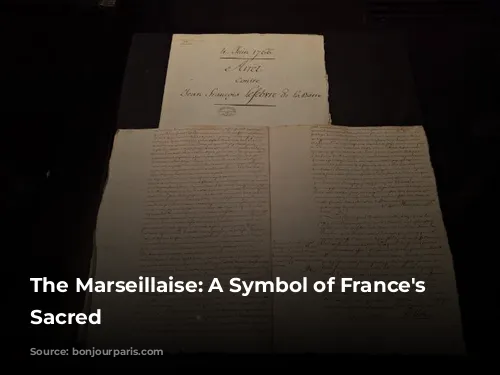
The Shifting Definition of the Sacred
The exhibit highlights a crucial shift in the definition of the sacred during the Enlightenment. Blasphemy, once a major threat to the established order, was no longer seen as a serious offense. However, this didn’t mean that the concept of the sacred disappeared; it simply morphed into a new form. The French state itself began to be viewed as sacred, with heads of state gaining near-divine status.
The exhibit showcases an 1814 declaration that declared the king “inviolable and sacred.” This move, while seemingly secular, effectively replaced religious dogma with political dogma, perpetuating the concept of the sacred while transforming its focus.
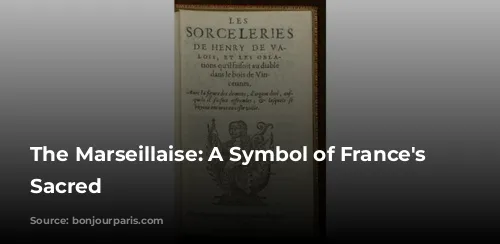
Modernity and the Enduring Challenge of the Sacred
As the exhibit moves into the 20th century, it acknowledges the ongoing struggle between freedom of expression and the preservation of the sacred. It raises critical questions about the limits of free speech and the tension between artistic freedom and social sensitivity.
The exhibit features Diderot’s “La Religiuese” (The Nun), a novel that was adapted into a film in 1965. This adaptation sparked controversy and was banned by the French government, demonstrating how even in a supposedly secular society, the sacred can be a powerful force.
The “Sacrilège” exhibition serves as a powerful reminder of the enduring power of the concept of the sacred. It underscores the constant evolution of its definition and the ongoing challenges that arise from navigating the delicate balance between freedom and authority. By examining the past, we can gain a deeper understanding of the present and the challenges we face in defining the boundaries of the sacred in a rapidly changing world.
